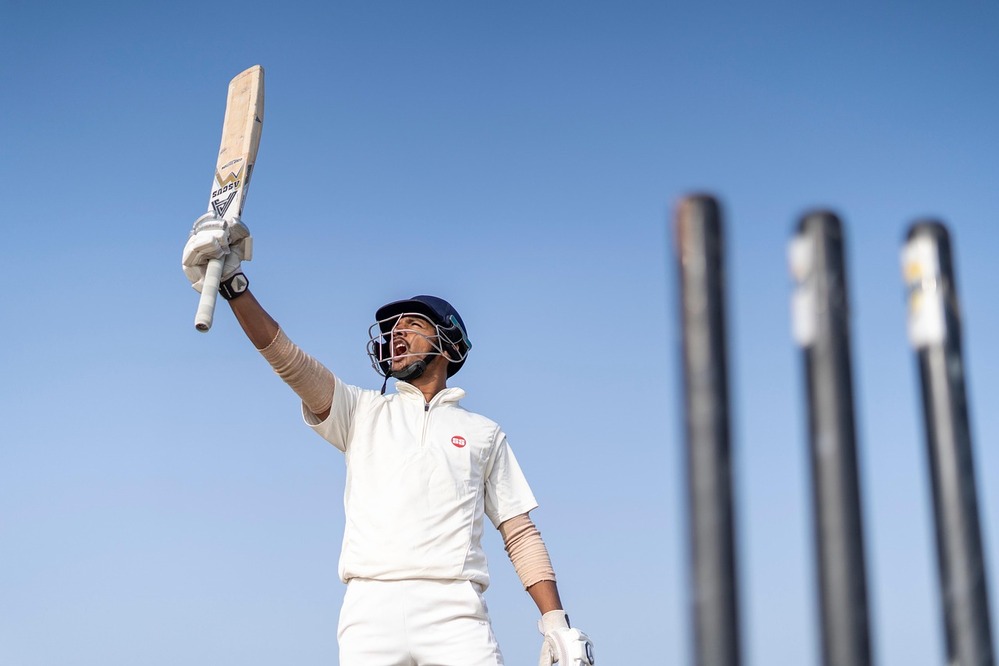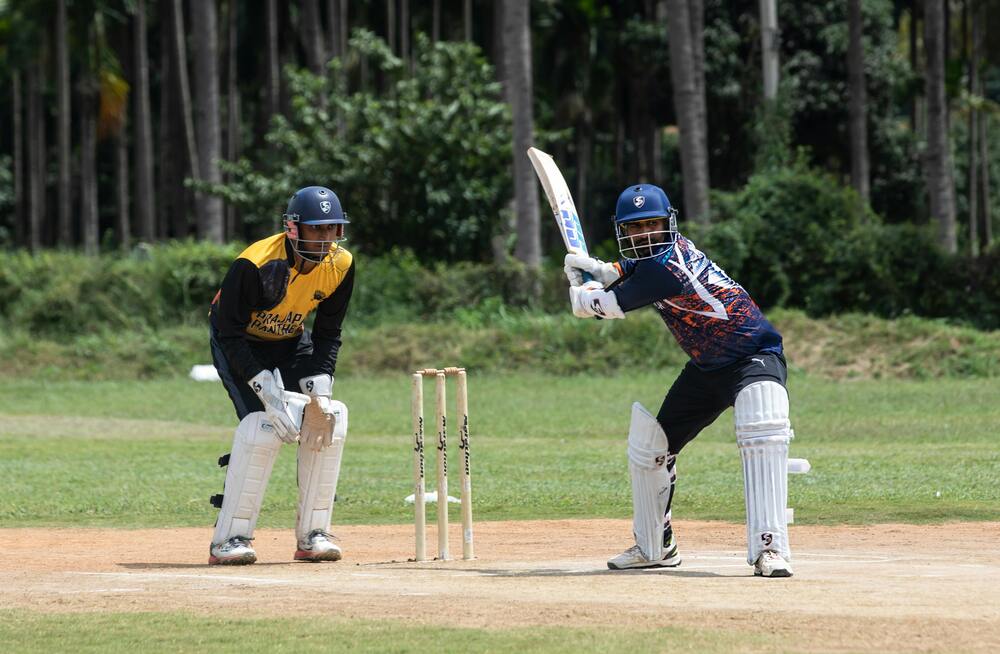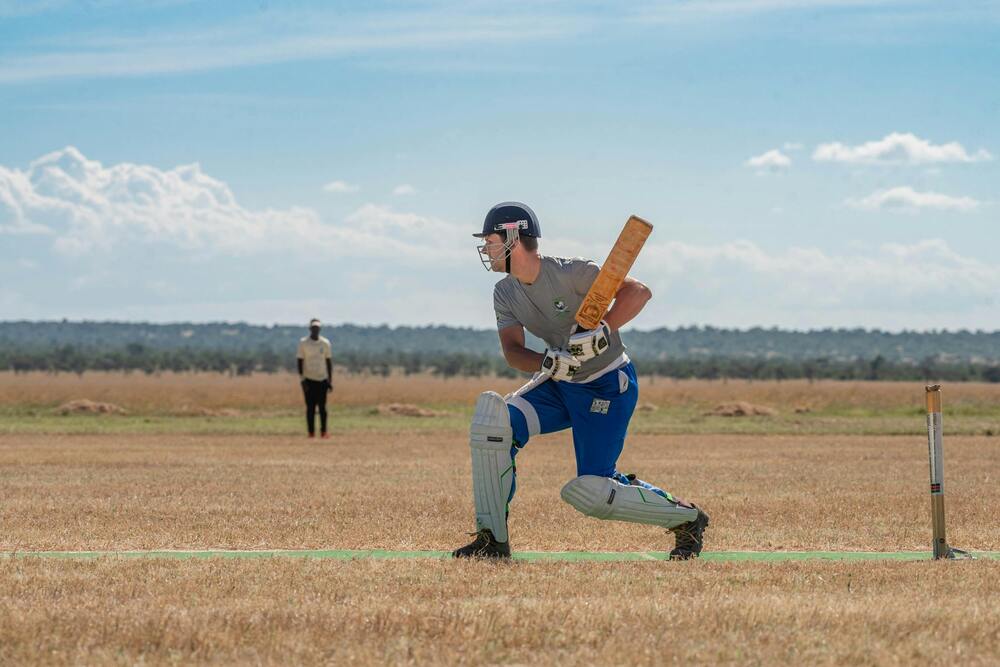Cricket has evolved significantly over the years, with modern formats like T20 and ODI demanding different leadership qualities compared to traditional Test cricket. A great captain must adapt to high-pressure situations, manage diverse personalities, and make tactical decisions that influence the outcome of matches. Some of the most successful captains in recent years—such as MS Dhoni, Eoin Morgan, and Kane Williamson—have demonstrated these qualities consistently. Their leadership styles, ability to handle pressure, and team management skills set them apart. This article examines the key traits that define an exceptional cricket captain in contemporary cricket, supported by real examples and verified facts.
Leadership Qualities: Inspiring Confidence and Setting the Tone
A cricket captain must lead by example, both on and off the field. Leadership in modern cricket is not just about tactical acumen but also about instilling belief in the team. MS Dhoni, former captain of India, was known for his calm demeanor, which helped his team remain composed in tense situations. His ability to stay unflustered under pressure was evident in the 2007 T20 World Cup final against Pakistan, where he entrusted Joginder Sharma with the final over despite the bowler’s inexperience. This decision paid off, and India won the tournament.
Similarly, Eoin Morgan’s leadership transformed England’s white-ball cricket. Before his tenure, England’s ODI approach was conservative, but Morgan encouraged an aggressive, fearless brand of cricket. His belief in players like Jos Buttler and Ben Stokes allowed them to flourish, culminating in England’s 2019 World Cup victory. A captain’s trust in their team can elevate performances, as seen in how Morgan backed Adil Rashid and Liam Plunkett in crucial moments.
Kane Williamson, New Zealand’s captain, exemplifies quiet authority. His ability to remain composed in high-stakes matches, such as the 2019 World Cup final and the 2021 World Test Championship final, highlights his leadership. Unlike more vocal captains, Williamson leads through consistency and tactical intelligence, proving that different leadership styles can be equally effective.
Decision-Making Under Pressure: Tactical Brilliance in Critical Moments
The best cricket captains make decisive calls when the game is on the line. These decisions often determine the outcome of matches, especially in shorter formats where margins are slim. Ricky Ponting, one of Australia’s most successful captains, was known for his aggressive field placements and bold declarations. His decision to bowl first in the 2003 World Cup final against India, despite the batting-friendly conditions, was a masterstroke as Australia dismissed India for 234 and won comfortably.
MS Dhoni’s tactical awareness was crucial in India’s 2011 World Cup triumph. His decision to promote himself above Yuvraj Singh in the final against Sri Lanka was unexpected but proved correct, as he scored an unbeaten 91 to secure victory. His reading of match situations, such as using part-time bowlers like Suresh Raina to break partnerships, showcased his ability to think ahead.
In contrast, Eoin Morgan’s leadership in the 2019 World Cup super over demonstrated his clarity under pressure. Despite the high stakes, he kept faith in Jofra Archer to bowl the decisive over, a move that required immense trust. Though the match ended in a tie, England won on boundary count, highlighting Morgan’s calculated risk-taking.
Team Management: Balancing Personalities and Maximizing Strengths
Managing a cricket team involves understanding individual strengths and fostering unity. A great captain ensures that players perform their roles effectively while maintaining harmony in the squad. Virat Kohli, though more aggressive in demeanor than Dhoni, was successful in Test cricket because of his ability to push his team towards fitness and discipline. His emphasis on fast bowling led to India’s historic Test series wins in Australia in 2018-19 and 2020-21.
Aaron Finch, Australia’s T20 captain, played a key role in their 2021 T20 World Cup victory by creating a relaxed yet competitive environment. His partnership with coach Justin Langer helped manage player workloads, ensuring key performers like David Warner and Mitchell Marsh peaked at the right time.
Similarly, Babar Azam has grown into a respected leader for Pakistan by leading with consistency. His calm approach has helped young players like Shaheen Afridi and Mohammad Rizwan thrive. His handling of senior players like Shoaib Malik and Mohammad Hafeez in the 2021 T20 World Cup showed his ability to balance experience with youth.
Conclusion
The role of a cricket captain in modern formats demands a blend of tactical intelligence, composure under pressure, and the ability to unite a team. Successful leaders like MS Dhoni, Eoin Morgan, and Kane Williamson have shown that different leadership styles—whether calm and calculated, aggressive and innovative, or quietly authoritative—can all achieve excellence. Their decisions in critical moments, from Dhoni’s self-promotion in the 2011 World Cup final to Morgan’s trust in Jofra Archer during the 2019 super over, highlight the importance of clarity under pressure.Another critical aspect is handling player dynamics effectively, demonstrated by how Virat Kohli prioritized physical conditioning, Aaron Finch fostered a composed but driven team culture, and Babar Azam skillfully integrated seasoned campaigners with rising talents. Ultimately, a great captain adapts to the team’s needs and the evolving demands of the game, proving that leadership remains the cornerstone of success in cricket.




